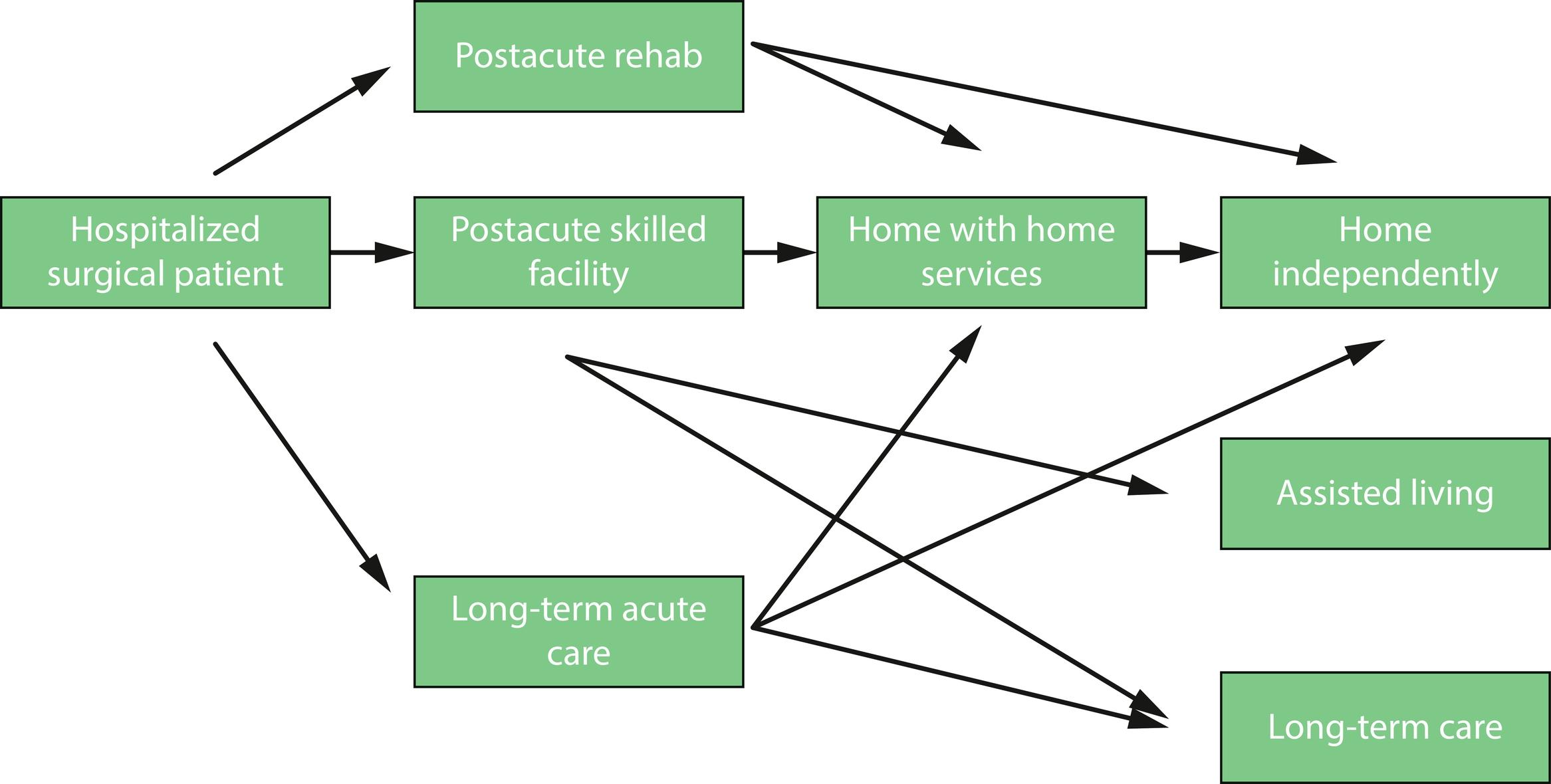Physical Address
304 North Cardinal St.
Dorchester Center, MA 02124
Worldwide more than 200 million surgeries are performed each year; in the United States more than 50 million inpatient procedures occur annually. In 2009, the World Health Organization demonstrated that implementation of a relatively simple day-of-surgery checklist was associated with decreased rates of postoperative complications and death. Since that time, numerous evaluations of perioperative checklists and coordinated care efforts have demonstrated significant improvements for patients. In a review of 10 years of Enhanced Recovery programs, length of stay consistently decreased by more than one day moreover, complication rates in these studies on average decreased by 30%.
The focus on perioperative care programs has gained significant attention in the last decade. Enhanced Recovery, The Surgical Home, and Strong for Surgery are among some of the better-known programs. These programs have in common the goal of improving surgical outcomes by preparing for surgery, engaging patients, standardizing interventions, and speeding recovery. As a result, postoperatively patients are going directly from the hospital to home more often and more quickly than ever before. When building perioperative programs, together with focusing on speeding recovery, shortening time to ambulation and return of bowel function, health systems need to be prepared for the next step—the transition from hospital to home.
There are varied paths to home from the hospital ( Fig. 47.1 ). Some patients require continued rehabilitation whether more intensive as found in acute rehabilitation centers, or lower acuity provided in nursing facilities skilled in post-acute care. Some patients may be ready to return home with home-based services; others may be able to return to independent living directly ( Table 47.1 ).

| Short-term postacute options | Long-term living options |
|---|---|
| Home independently | Home independently |
| Home with family/friend support | Home with family/friend support |
| Home with home health | Home with home health |
| Postacute skilled nursing | Assisted living facility |
| Long-term acute care | Long-term care facility |
| Acute rehabilitation |
A major driver of postacute expense in the United States is whether the patient is discharged to a postacute facility compared to home. Postacute facilities have not historically been incentivized to reduce utilization in order to maximize value. However, this pressure is emerging as bundled payment programs become more prevalent.
Currently, the decision to discharge to a postacute facility is widely variable from one institution to another, underscoring a need for improved understanding and coordination of care. For certain populations, discharge to home directly has been demonstrated to be more cost-effective and equally safe when compared with postacute facilities.
Studies of discharge location have identified factors associated with nonhome discharge to include higher baseline comorbidity, older age, frailty, non-white race, Medicare recipient, cognitive impairment, poor nutrition, length of stay, and postoperative complications. These factors can be grouped into:
baseline level of physical function (i.e., frailty, ability to perform activities of daily living [ADLs]),
baseline cognitive function,
degree of social support,
surgical invasiveness, and
degree of deconditioning that occurs in the acute setting.
Predictive models for nonhome discharge have been developed and several found that preoperative factors alone were adequately predictive (C-statistics 0.87 to 0.88) to merit preoperative initiation of discharge planning. In addition, the American College of Surgeons National Surgical Quality Improvement Program (ACS NSQIP) Risk Model, which incorporates 22 preoperative variables and was based on an analysis of 1.4 million Americans, also estimates risk of nonhome discharge, among other outcomes.
Become a Clinical Tree membership for Full access and enjoy Unlimited articles
If you are a member. Log in here